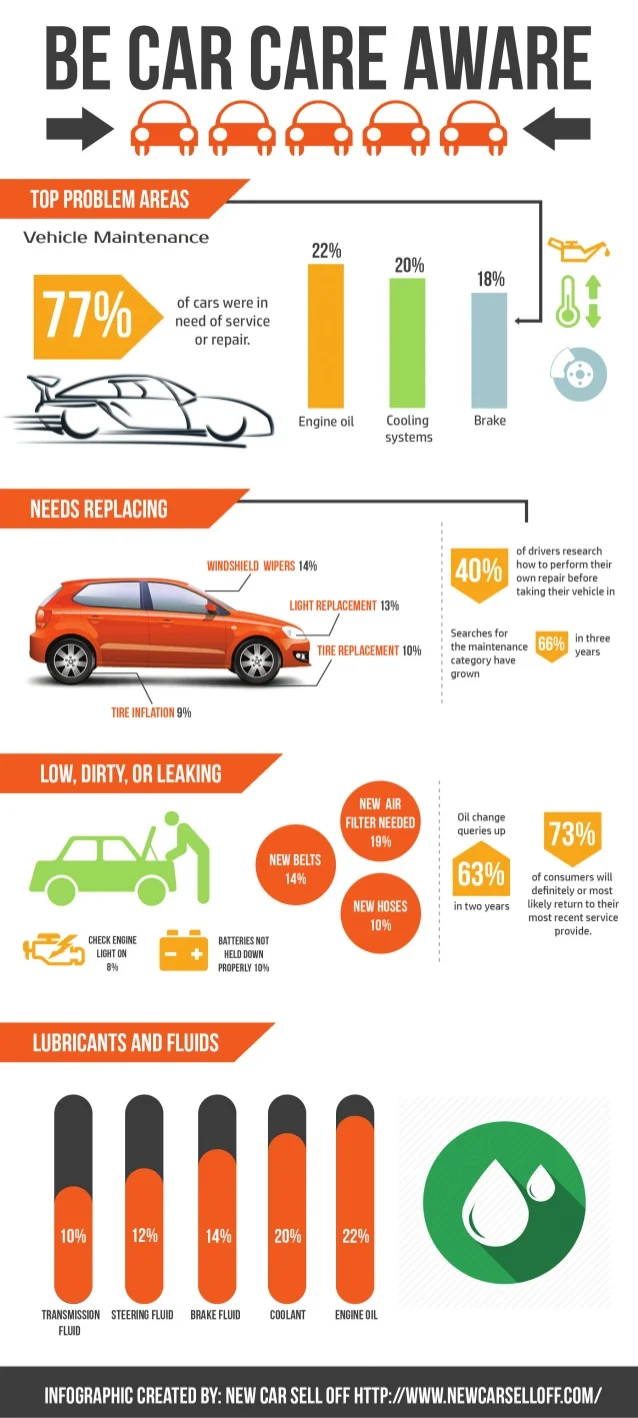Grasping The Significance Of Your Vehicle'S Warning Signals: What They Actually Represent
Grasping The Significance Of Your Vehicle'S Warning Signals: What They Actually Represent
Blog Article
Published By-Vinson Gilbert
When you lag the wheel, those glowing caution lights on your control panel can be a bit bewildering. Do you know what they're trying to tell you regarding your cars and truck's health? Comprehending the relevance of these lights is essential for your security and the longevity of your car. So, the following time among those lights turns up, would not you intend to analyze its message properly and take the required actions to resolve it?
Common Warning Lighting and Interpretations
Identify typical caution lights in your auto and understand their meanings to ensure secure driving.
The most normal warning lights include the check engine light, which signifies concerns with the engine or emissions system. If car wash hand wash near me begins, it's vital to have your vehicle checked immediately.
The oil pressure advising light suggests low oil stress, needing instant attention to avoid engine damages.
A blinking battery light might recommend a defective charging system, potentially leaving you stranded otherwise addressed.
The tire stress surveillance system (TPMS) light signals you to low tire pressure, impacting automobile security and fuel performance. Disregarding you could try these out might result in unsafe driving conditions.
The abdominal light suggests an issue with the anti-lock stopping system, jeopardizing your capacity to quit quickly in emergency situations.
Lastly, the coolant temperature level alerting light warns of engine overheating, which can result in serious damages otherwise settled promptly.
Recognizing these typical warning lights will certainly assist you attend to problems promptly and maintain safe driving conditions.
Importance of Prompt Attention
Recognizing the common warning lights in your vehicle is just the first step; the significance of without delay dealing with these cautions can not be stressed enough to ensure your safety on the road.
When a caution light illuminates on your dashboard, it's your car's method of interacting a potential problem that requires focus. Neglecting these warnings can bring about a lot more extreme problems in the future, compromising your safety and security and potentially costing you much more in repairs.
Motivate focus to advising lights can protect against breakdowns and mishaps. For example, a blinking check engine light could indicate a misfire that, if left unattended, could create damages to the catalytic converter. Resolving this quickly can save you from an expensive repair service.
Similarly, a brake system cautioning light could indicate low brake liquid or used brake pads, vital elements for your safety and security when driving.
Do It Yourself Troubleshooting Tips
If you discover a warning light on your control panel, there are a couple of do it yourself fixing tips you can attempt before looking for specialist assistance.
The very first step is to consult your car's manual to comprehend what the certain warning light suggests. Often the problem can be as basic as a loosened gas cap causing the check engine light. Tightening the gas cap may settle the problem.
One more typical issue is a low battery, which can trigger numerous alerting lights. Checking the battery links for corrosion and guaranteeing they're secure could fix the issue.
If a caution light continues, you can attempt resetting it by separating the auto's battery for a few minutes and then reconnecting it. In addition, checking your vehicle's fluid degrees, such as oil, coolant, and brake fluid, can assist troubleshoot warning lights associated with these systems.
https://instant-oil-change72840.tkzblog.com/31089472/the-evolution-of-car-repair-work-secret-trends-to-display-in-the-future
In conclusion, recognizing your car's warning lights is crucial for maintaining your lorry running smoothly and securely. By immediately addressing these informs and recognizing what they suggest, you can stay clear of costly repair work and prospective malfunctions.
Remember to consult your cars and truck's guidebook for specific details on each warning light and do something about it appropriately to ensure a hassle-free driving experience.
Stay notified, stay secure on the road!
